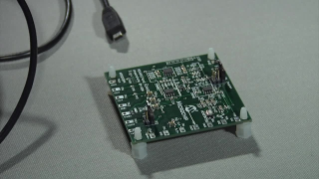REDE & Microchip Explorer 16/32 Development Board
Win a Microchip Explorer 16/32 Development Board (DM240001-2) from REDE and if you don’t win, receive a 15% off coupon for this board, plus free shipping.
The Explorer 16/32 Development Board is a flexible and convenient development, demonstration and testing platform for 16-bit PIC24 MCUs, dsPIC® DSCs and 32-bit PIC32 MCUs from Microchip. It features all the necessary hardware to begin developing and debugging a complete embedded application. The board accepts Processor Plug-In Modules (PIMs) designed for the Explorer 16 or Explorer 16/32 development board for easy device swapping.
In addition to the hardware features provided by the board, hardware expansion is possible through the use of PICtail™ Plus daughter cards and mikroBUS™ accessory boards. Coupled with the integrated PICkit™-On-Board (PKOB), MPLAB ICD 4 In-Circuit Debugger real-time debug facilities enable faster evaluation and prototyping of application.
Choose PIM of your choice based on MCUs and DSCs under consideration from wide range of Processor Plug-In Modules. This board is optimal for customers migrating from Classic Explorer 16 to new Explorer 16/32 platform, while all the necessary additional components like Processor Plug-In Modules and PICtail™ Plus Daughter Boards are already available. The DM240001-3 is another great option for a customer that wants a board that ships with a PIM and two USB cables.











